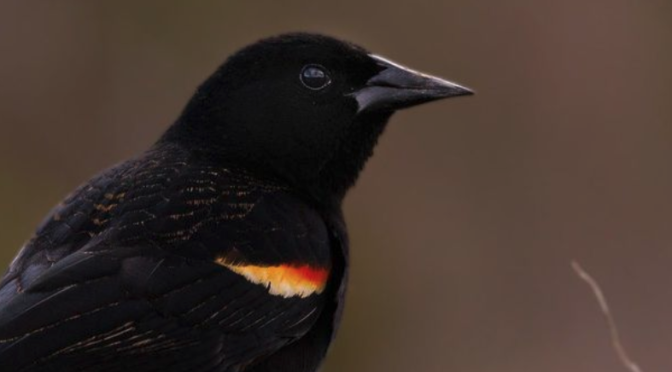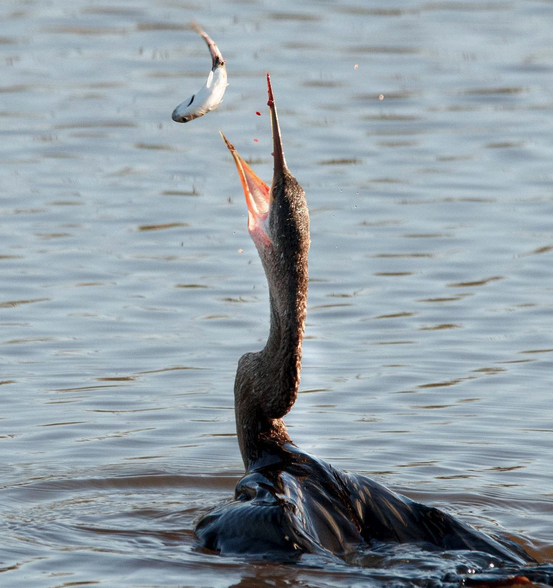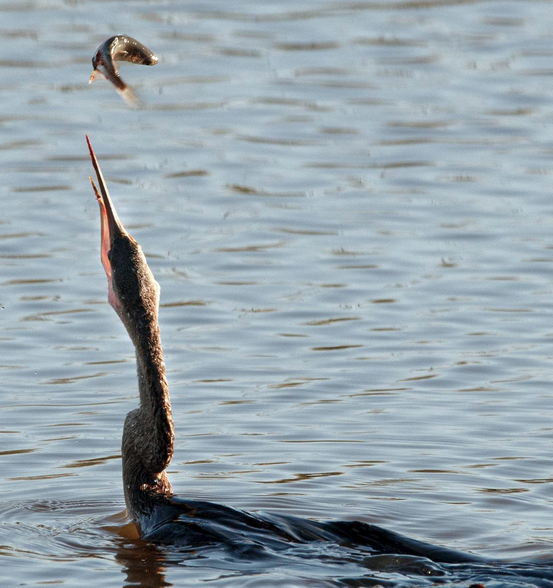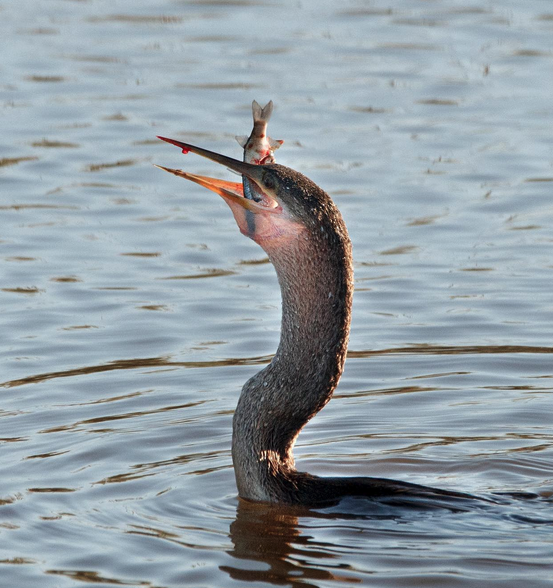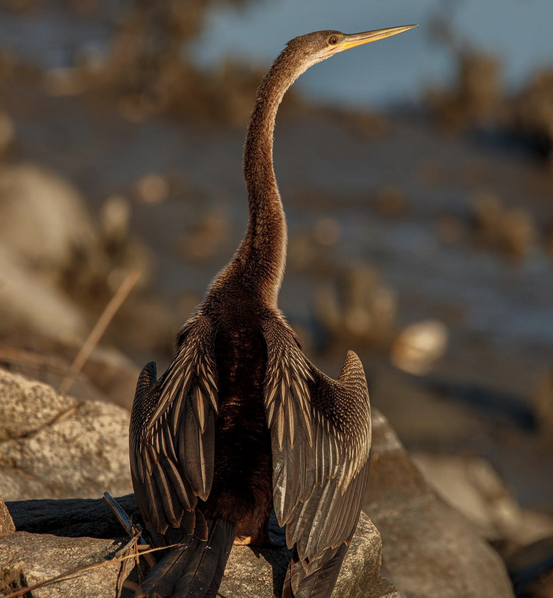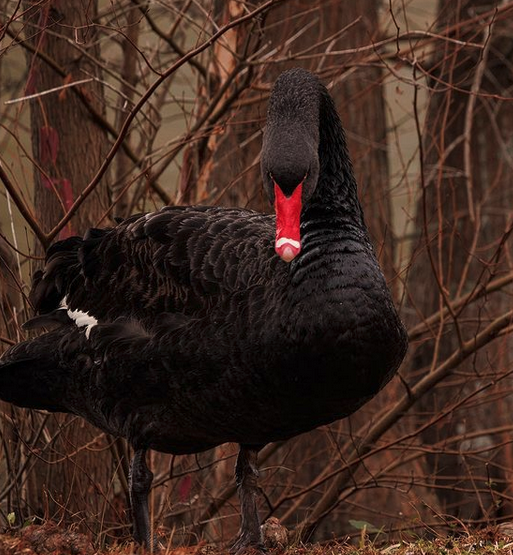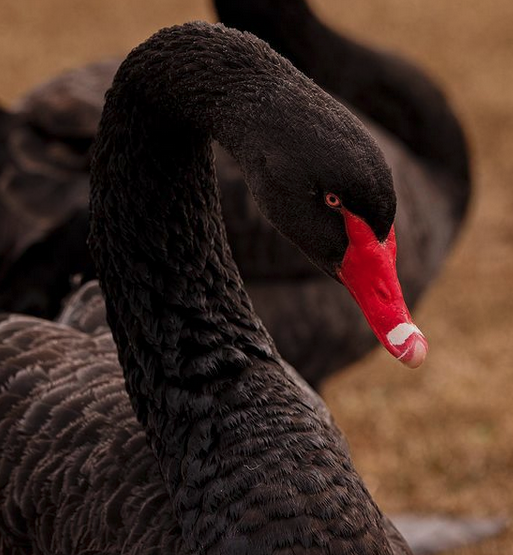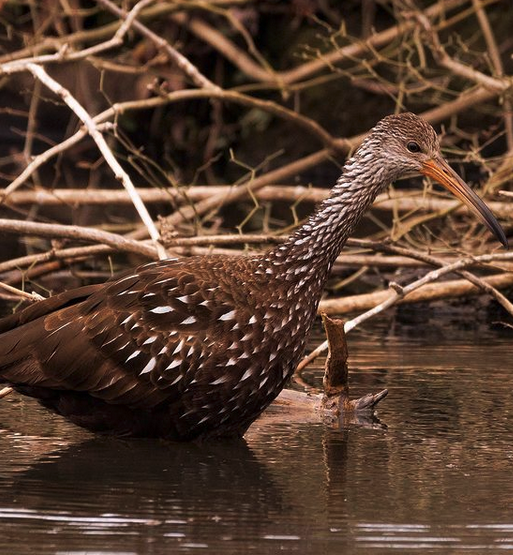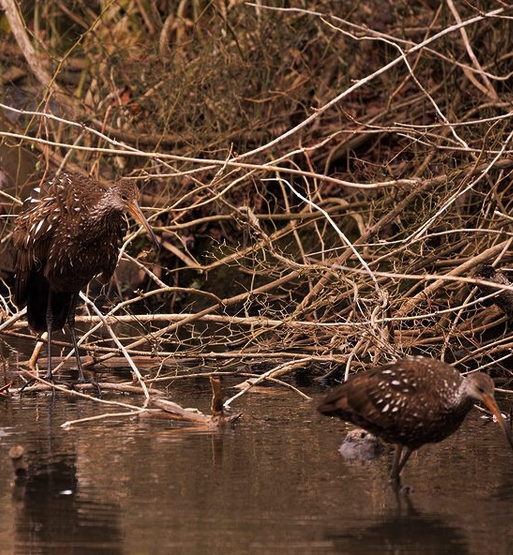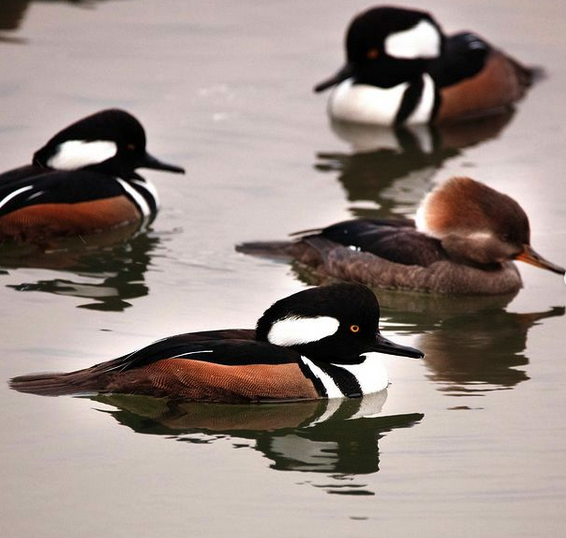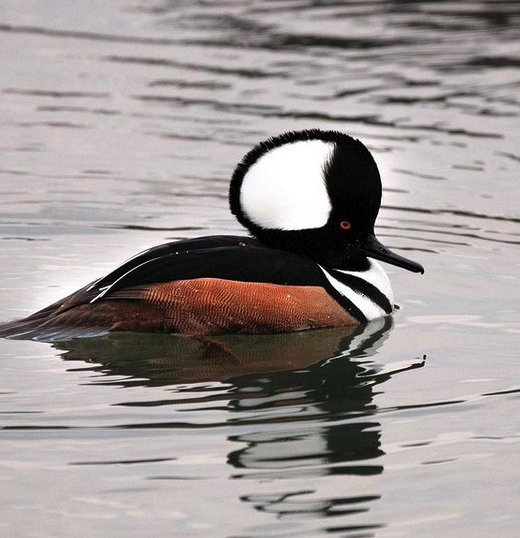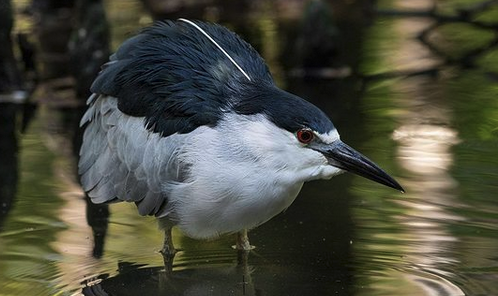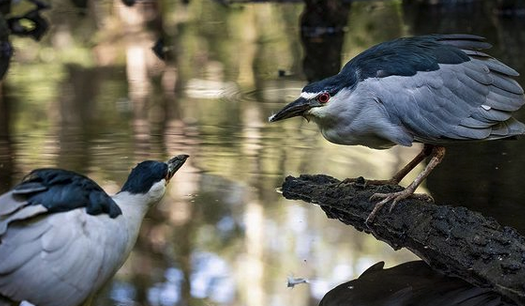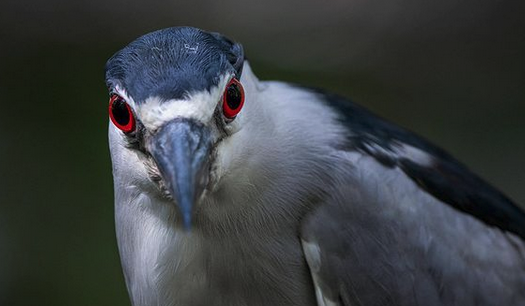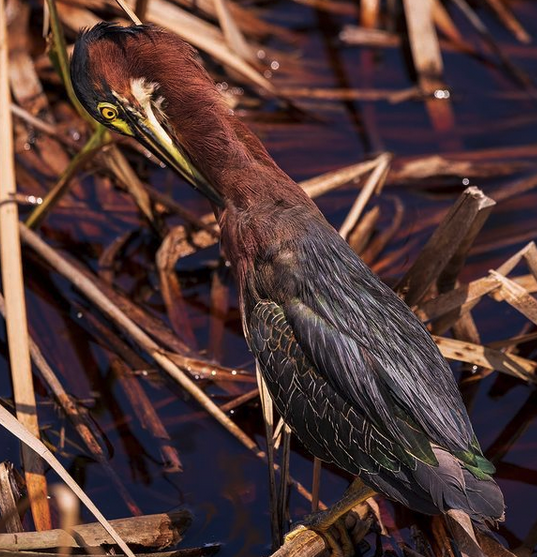By Sally Siko
When you’re exploring the coastal marshes and wetlands of the Carolinas there’s one bird which you’re almost 100% guaranteed to see, the Red-winged Blackbird.
Oh and not just see but hear!
High and low, their raucous metallic sounding calls seem to emanate from everywhere.
Yes they are common and thus often overlooked but gosh, if ya take the time to watch one for a bit you’ll find that they are quite beautiful.
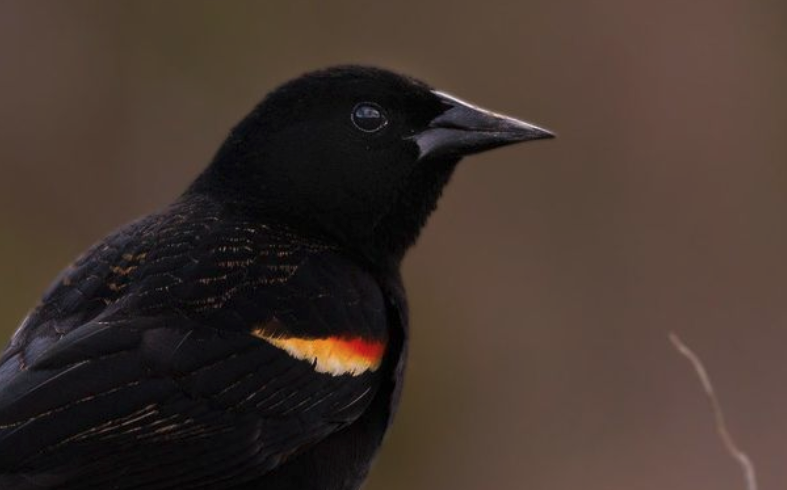
It’s all about the details in my opinion.
I like that delicate rusty-gold colored lacing pattern of plumage on this males back. That hint of bright red lined with orange and yellow feathers on his wing.
Plus the jet black attire is always pretty cool looking in my book.
Truly a striking bird.
For now these guys are a laid back bunch but once breeding season arrives, male Red winged Blackbirds will become aggressively territorial.When singing to defend his turf or to attract a female, the male fluffs those bright red epaulettes and half-spreads his wings to show off those red and yellow feathers.
This display is meant to intimidate rival males and sends a clear message of “back off” to all challengers.
Red-winged Blackbirds nest in loose colonies, with a male attracting up to 15 females to nest within his home turf.He’ll vigorously protects his territory against all intruders, be it on four feet or two.They’ve even been known to swoop in to attack people on occasion when we come a bit too close to their nests for their liking.
Something to keep in mind soon when birding near water lol!


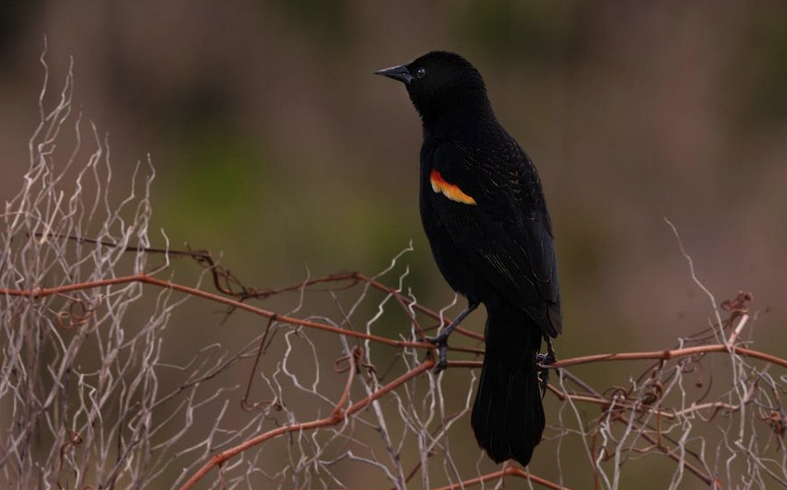
Though they are more numerously spotted in our eastern counties, Red-winged Blackbirds are found across the Carolinas from the mountains to the coast.
Look for them near ponds, lakes, estuaries and marshes throughout the year, especially in areas where cat-tail plants are present.
Photos & video by @sally_siko of @bestlife_birding on my mighty mirrorless monster, the @canonusa #R5

